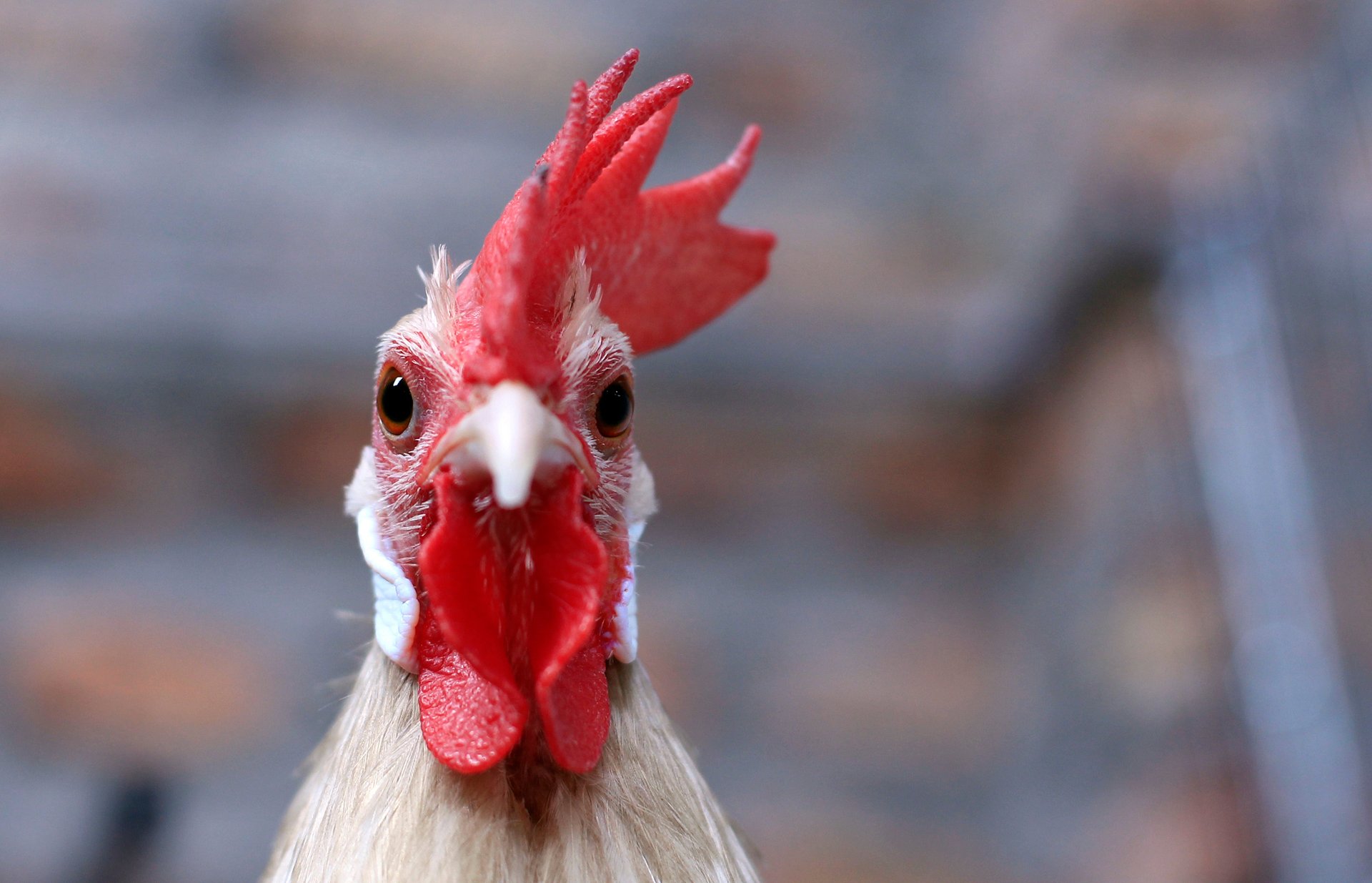Covid-19 has shut down parts of the hyper-consolidated US meat industry
A Tyson-owned meat processing plant that churns out 2% of the US pork supply ground to a halt this week as workers became infected with Covid-19.


A Tyson-owned meat processing plant that churns out 2% of the US pork supply ground to a halt this week as workers became infected with Covid-19.
And that wasn’t the only meatpacking plant impacted by the spread of the novel coronavirus. JBS USA on March 31 said it hit pause on much of its work at a beef facility in Souderton, Pennsylvania and wouldn’t have it back online until mid-April. National Beef Packing on April 2 temporarily stopped slaughtering cattle at one of its plants in Tama, Iowa after a worker tested positive for the virus.
Plant closures are emblematic of a larger issue across the US food system, as farms and companies work to weather the storm of Covid-19. The health and safety of workers is paramount if food chains are to continue running smoothly—and workers’ perceived safety appears to vary across the industry.
In Greeley, Colorado, at least 830 JBS employees didn’t show up for work on March 30 after several employees tested positive for the virus. And in California, the United Farm Workers union has said that 77% of produce pickers in an informal poll reported daily routines hadn’t changed as a result of the virus.
Tyson claims that, in light of 24 positive cases for Covid-19 in its Columbus Junction, Iowa plant, it is being proactive about protecting workers before infections become apparent. That includes shutting the plant down for a full week. In a statement, the company said it is taking its employees’ temperatures every day. It says it has also increased cleaning and sanitizing at its plants, sometimes at the expense of a day’s work. At some plant locations it has set up tents as outdoor break rooms to allow for more effective social distancing.
Still, the stakes are high. The way the US meat industry is set up, with just a handful of plants churning out an outsized amount of the meat supply, disruption at a single plant can have a big ripple effect.
It wasn’t always like this. In 1967 there were 9,627 slaughterhouses in the US. Today there are just 1,100, reflective of massive consolidation across the meat industry. Of those, 215 large-scale operations run by a handful of multi-national companies supply the US with some 85% of its meat, according to Bloomberg.
For now, the supply of meat is steady. In fact, the biggest meatpackers have experienced substantial sales growth in retail because of the virus, as consumers rushed to stock up on food in preparation for prolonged periods at home. For pork and turkey, grocery sales in the middle of March more than doubled compared to the same period last year.
Still, industry analysts say the numbers in grocery stores won’t make up for substantial losses incurred by restaurant closures and hobbled food service companies. They point to chicken, the most popular animal protein product among US consumers, as a bellwether.
“Now that consumers and grocers have filled their freezers with chicken, the spike in demand from the grocery channel is starting to fade and is no longer sufficient to offset the 50% decline in demand in the restaurant channel,” Credit Suisse analysts wrote in a report this week. “This is a big change from the optimistic tone that we had heard from Sanderson and Tyson as recently as a week ago.”
On a global scale, economic weakness in nations around the world is contributing to a slump in US exports of meat—just as with dairy exports. Some financial analysts had expected chicken exports to grow by 20% in 2020, but because of economic problems in Vietnam, Philippines, and Kazakhstan, that growth hovered at about 3% by the end of January, according to Credit Suisse.
The message is clear whether you look at US meat through a global or national lens: If workers don’t feel safe, or aren’t protected from the virus, the food system won’t run smoothly. And since the US meat industry is so consolidated, problems at even a single plant can create big headaches.